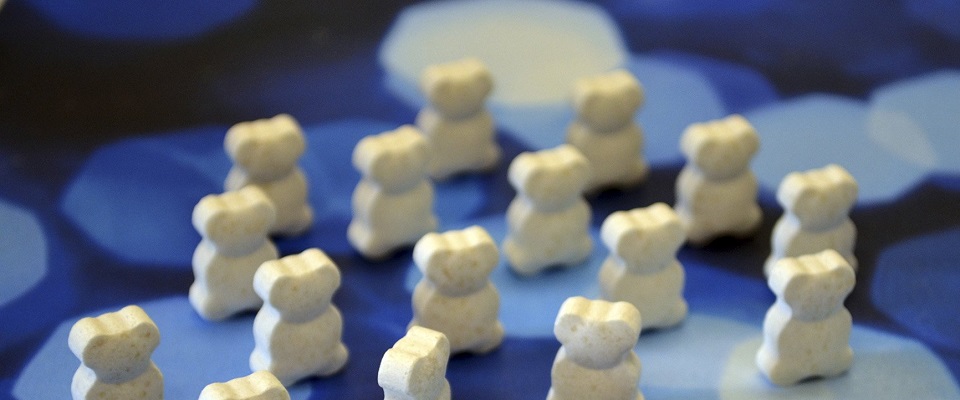Probiotics have recently received considerable attention by the healthcare professionals and the public. Prior to considering Bacillus coagulans, we need to know what probiotics are. Probiotics are live microorganisms which, when administered in adequate amounts, confer a health benefit on the host (1). From this definition, it is concluded that probiotics can be a components of foods, dietary supplements and drugs. Furthermore, definition does not talk about the age of the subject or route of administration. It does not talk about type of the conferred health benefit either.
Bacillus coagulans is the taxonomic nomenclature of the microorganism deposited to the American Type Culture Collection (ATCC) facility under the number 7050. Bacillus coagulans was originally known as Lactobacillus sporogenes. Therefore, the names Bacillus coagulans and Lactobacillus sporogenes have been and are used in the literature interchangeably. LactoSpore® is Sabinsa Corporation’s tradename for this probiotic. The most comprehensive review on LactoSpore® is written by Majeed and Prakash (2).
Bacillus coagulans, a nonpathogenic / nontoxicogenic microorganism, is a rod-shaped, Gram positive, endospore-forming (spore is formed within the cell) bacteria. It is facultative anaerobe, grows optimally at 37°C and pH in the range 5.5 to 6.2. B. coagulans requires nutritionally complex environment in which it derives energy via fermentation or catabolism of carbohydrates. It is more acidtolerant than pathogenic and spoilage microorganisms. probiotic








